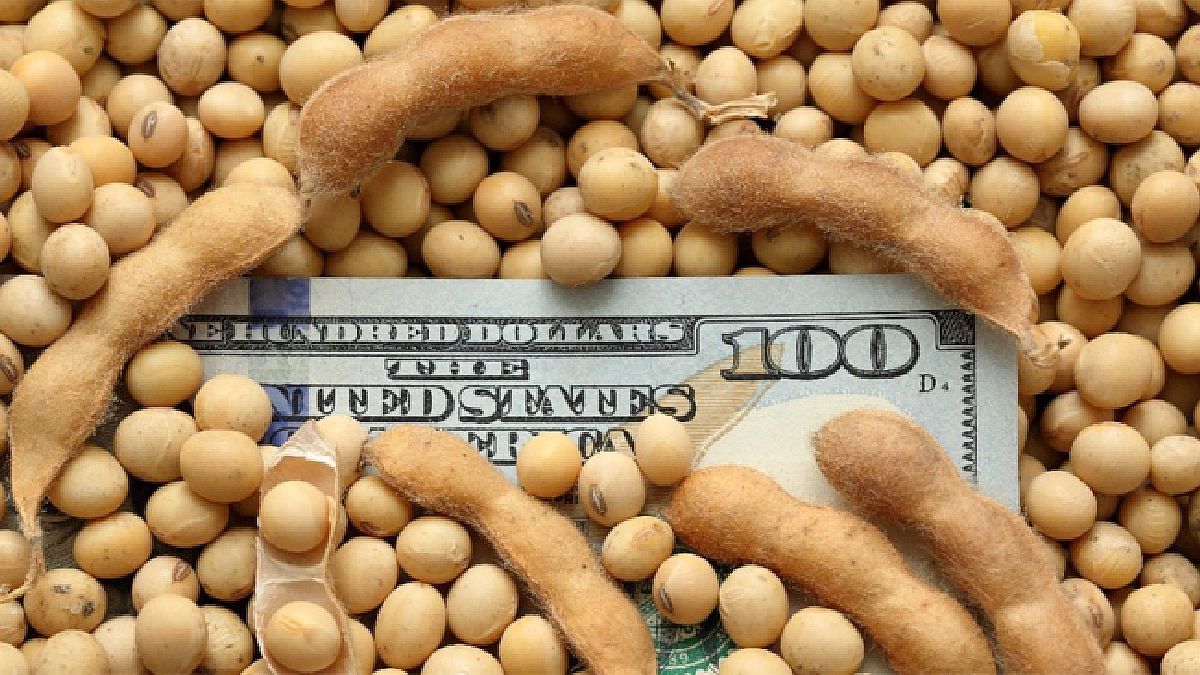The truth is that the Government is facing a crossroads, because while evaluating how to restrict the demands for dollars from various importing sectors, it must also face heavy energy payments, in a framework in which it was expected that from the harvest soybean would manage to accumulate reserves to meet one of the guidelines set with the IMF. The war between Russia and Ukraine changed the entire panorama and that is why today the Argentine economy not only cannot add reserves but also has to pay high prices to import energy.
Across the street, agricultural producers point out that the official exchange rate is far behind inflation and the gap with parallel exchange rates takes away profitability from a business that already pays 33% withholdings on exports. That is why although soybean sales are still active, they are somewhat delayed compared to previous campaigns. During the first week of the month, 578,000 tons were sold, which marks a drop of 208,000 tons compared to the previous seven days. In this way, the sale remains behind by more than 9 percentage points with respect to the rhythm of the previous campaign.
Soybeans are traditionally the refuge of value for agricultural producers in the midst of economic uncertainty, that is, they sell what they need to finance themselves and if they have the opportunity, they keep a small part of the harvest to liquidate it when their financial requirements demand it. In between, they anchor with corn and wheat. This scenario would not be optimal for the Government, which needs agro-export companies to continue entering dollars in the local exchange market in the coming weeks.
A clear example of the need that the Government has today for dollars from the countryside was what happened last Thursday when the Central Bank had to sell US$200 million, of which US$180 million were for the payment of import of energy and fuels. As background, the previous day the agro-export companies had liquidated just over US$90 million and that same Thursday about US$100 million.
So it is that when the dollars of the field shrink, the BCRA immediately not only does not accumulate reserves but loses them, that is why the gaze of the ruling party is set on accelerating soybean sales. There is talk of “mechanisms” or “incentives” but, strictly speaking, the economic team has not yet finished defining what the plan would be like.
The background is inauspicious, in October 2020, in the midst of a pandemic and when the Government also needed more dollars to come in from the countryside, Minister Martín Guzmán ordered a temporary drop in soybean withholdings until December. In practice, the measure had very little effect since soybean sales were far from acceleratingit is also true that at that time the oilseed did not show the current international prices that position it above US$600 per ton.
In any case, in the ruling party they let it be known that in the coming weeks there will be news, firstly in terms of putting a cap on importing sectors and secondly with measures aimed at getting producers to get rid of that soybean valued at US$2 .500 million that the Government so badly needs.
Source: Ambito
David William is a talented author who has made a name for himself in the world of writing. He is a professional author who writes on a wide range of topics, from general interest to opinion news. David is currently working as a writer at 24 hours worlds where he brings his unique perspective and in-depth research to his articles, making them both informative and engaging.




